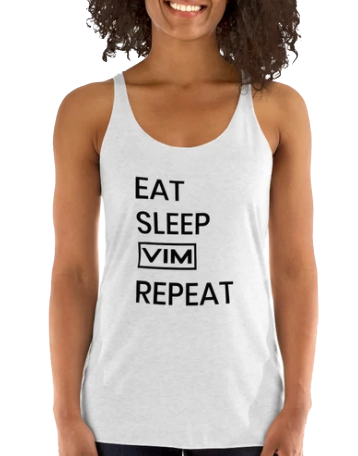Adapted from IDEA Health & Fitness Association
If your gut is in a rut, chances are your health is suffering, too.
The gut, also known as the gastrointestinal (or GI) tract, hosts trillions of bacteria that can have profound effects on digestive health and overall wellness. It’s a good idea to consume prebiotics and probiotics—dietary dynamos that work in concert to populate the gut with “microflora” that keep you healthy.
Eating a variety of prebiotic-rich vegetables and probiotic fermented foods every day may improve mood, reduce cholesterol and promote weight loss. It even helps build immunity and protect you from unwanted gut visitors, as your Gut health is one of the most important aspects of your body to consider. Here’s how you can help.
Prebiotics: Fuel for Your Flora
Prebiotics are naturally occurring nondigestible carbohydrates, or soluble fibers, that nourish the growth of specific beneficial bacteria. All prebiotics are fiber, but not all fibers are prebiotics. When prebiotics ferment in the intestines, they release fuel that enables friendly bacteria like Lactobacilli and Bifidobacteria to thrive.
The health benefits of prebiotics are still being investigated, but studies suggest they can:
• reduce the prevalence and duration of infectious, traveler’s and antibiotic-associated diarrhea (Slavin 2013);
• reduce inflammation and symptoms of inflammatory bowel disease (Slavin 2013); and
• protect against colon cancer (Slavin 2013).
Probiotics: Alive and Well
Probiotics are live, active bacteria and/or yeasts. The most common strains of probiotic bacteria are the Lactobacillus and Bifidobacteria families, which use lactose to prevent harmful bacteria growth, compete with bad bugs for nutrients, and alter intestinal pH to tackle bacterial villains (like diarrhea-producing Clostridium difficile) that thrive in a neutral pH environment. Friendly bacteria also stimulate the immune system (Sommer & Bäckhed 2013).
Weight loss and prevention of obesity are linked to consumption of probiotics (Million et al. 2013), that’s why it might be worthwhile considering adding probiotics, you can take a look at these recommended daily probiotics to help you make a decision. Beneficial bacteria may also improve athletic performance (West et al. 2009) and reduce anxiety (Tillisch et al. 2013).
What to Eat, Prebiotics:
- Raw chicory root – Used as a coffee replacement, this root provides the most prebiotic of any food.
- Jerusalem artichoke – Also called “sunchokes,” these tuber-like veggies have a potato-like texture and look like ginger roots.
- Raw dandelion greens – Available from organic markets, these greens have a bitter taste and can be tossed into a salad.
- Raw leeks – Similar to onions, leeks are a great addition to salads.
- Raw onions – Prebiotic content may vary with the variety of onion.
What to Eat, Probiotics:
- Yogurt – Only yogurts stamped with the “Live & Active Cultures” seal are guaranteed to contain beneficial bacteria like Lactobacillus and Bifidobacteria.
- Sauerkraut – Fermented cabbage is a great source of probiotics. Look for the unpasteurized type, as pasteurization kills some friendly bacteria.
- Miso – This fermented soybean paste, popular in Japanese soups, is thought to contain over 160 bacterial strains that boost probiotic diversity in the gut.
- Kombucha tea – This highly acidic fermented tea has a vinegar taste and smell with a slight fizz. It’s all over instagram, too!
References
Million, M., et al. 2013. Gut bacterial microbiota and obesity. Clinical Microbiology and Infection, 19 (4), 305–13.
Slavin, J. 2013. Fiber and prebiotics: Mechanisms and health benefits. Nutrients, 5 (4), 1417–35.
Sommer, F., & Bäckhed, F. 2013. The gut microbiota— masters of host development and physiology. Nature Reviews Microbiology, 11 (4), 227–38.
Tillisch, K., et al. 2013. Consumption of fermented milk product with probiotic modulates brain activity. Gastroenterology, 144 (7), 1394–1401.
Van Loo, J., et al. 1995. On the presence of inulin and oligofructose as natural ingredients in the Western diet. Critical Reviews in Food Science and Nutrition, 35 (6), 525–52.
West, N.P., et al. 2009. Probiotics, immunity and exercise: A review. Exercise Immunology Review, 15, 107–26.
VIM is now offering nutrition services with Trainer & Nutrition Coach, Christine Galvin!
Click below to find out how you can benefit from 1 on 1 Nutrition Coaching!
[button link=”https://vimfitness.com/nutrition/” text=”LEARN MORE” color=”green” size=”large” fullwidth=”true”]


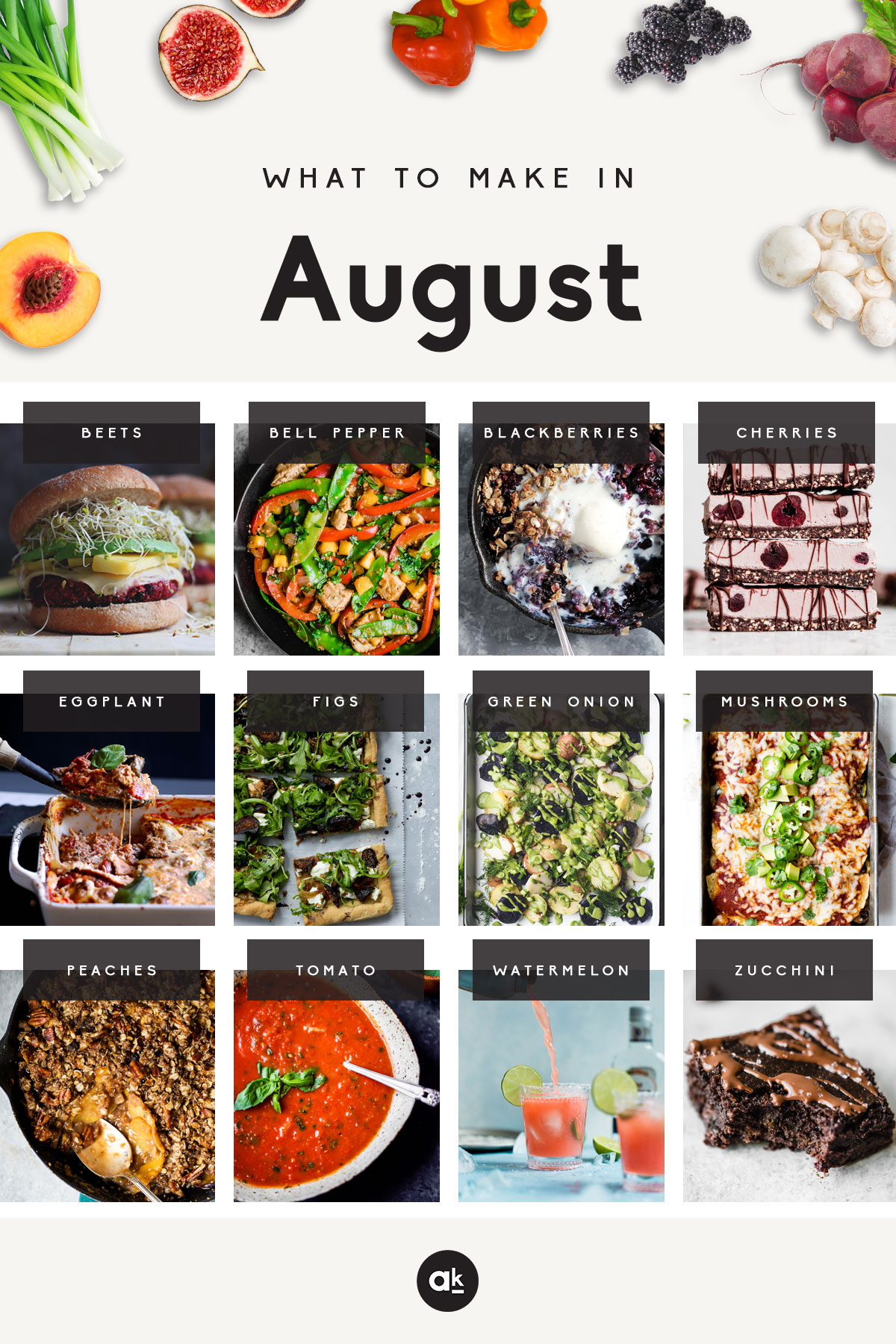
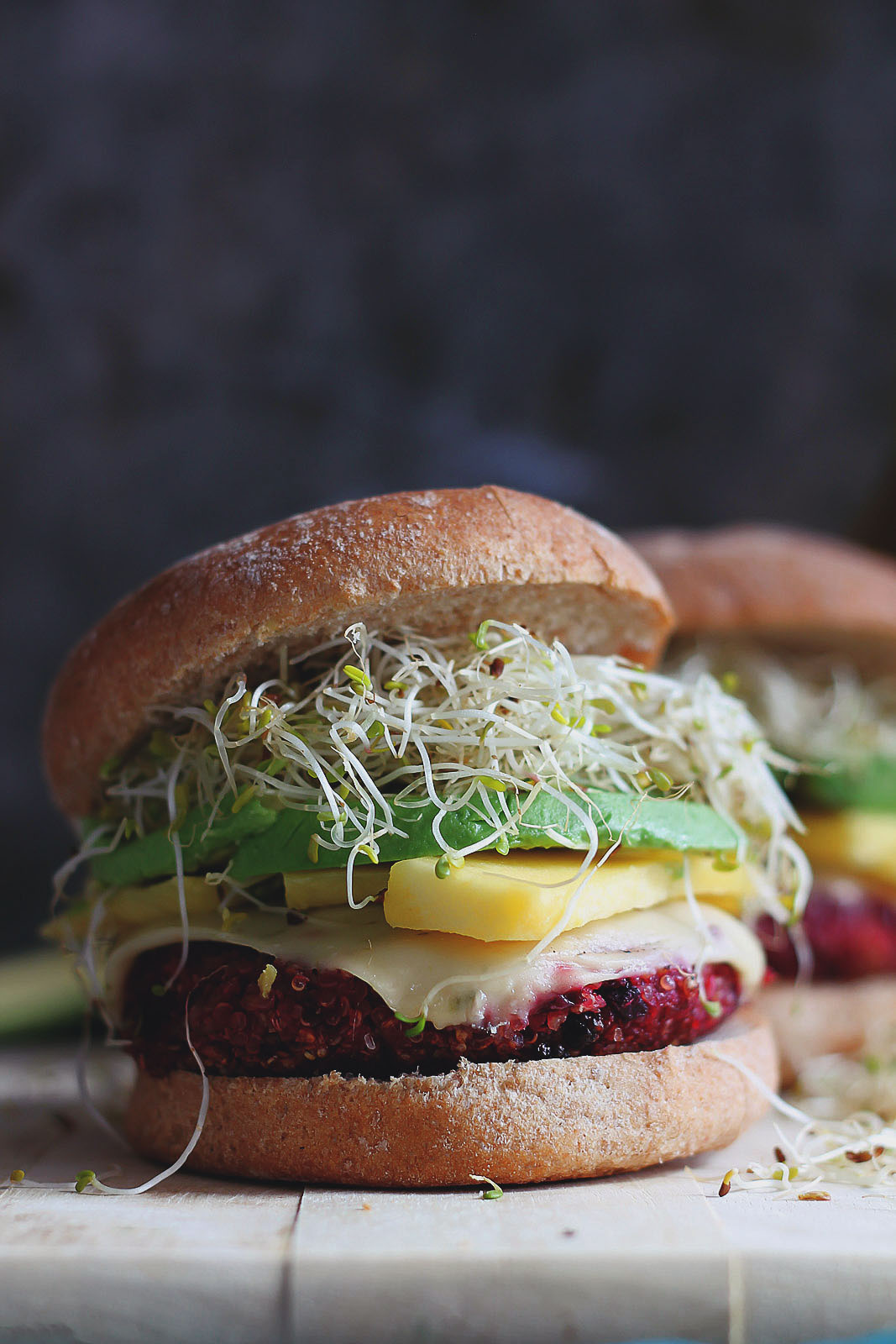
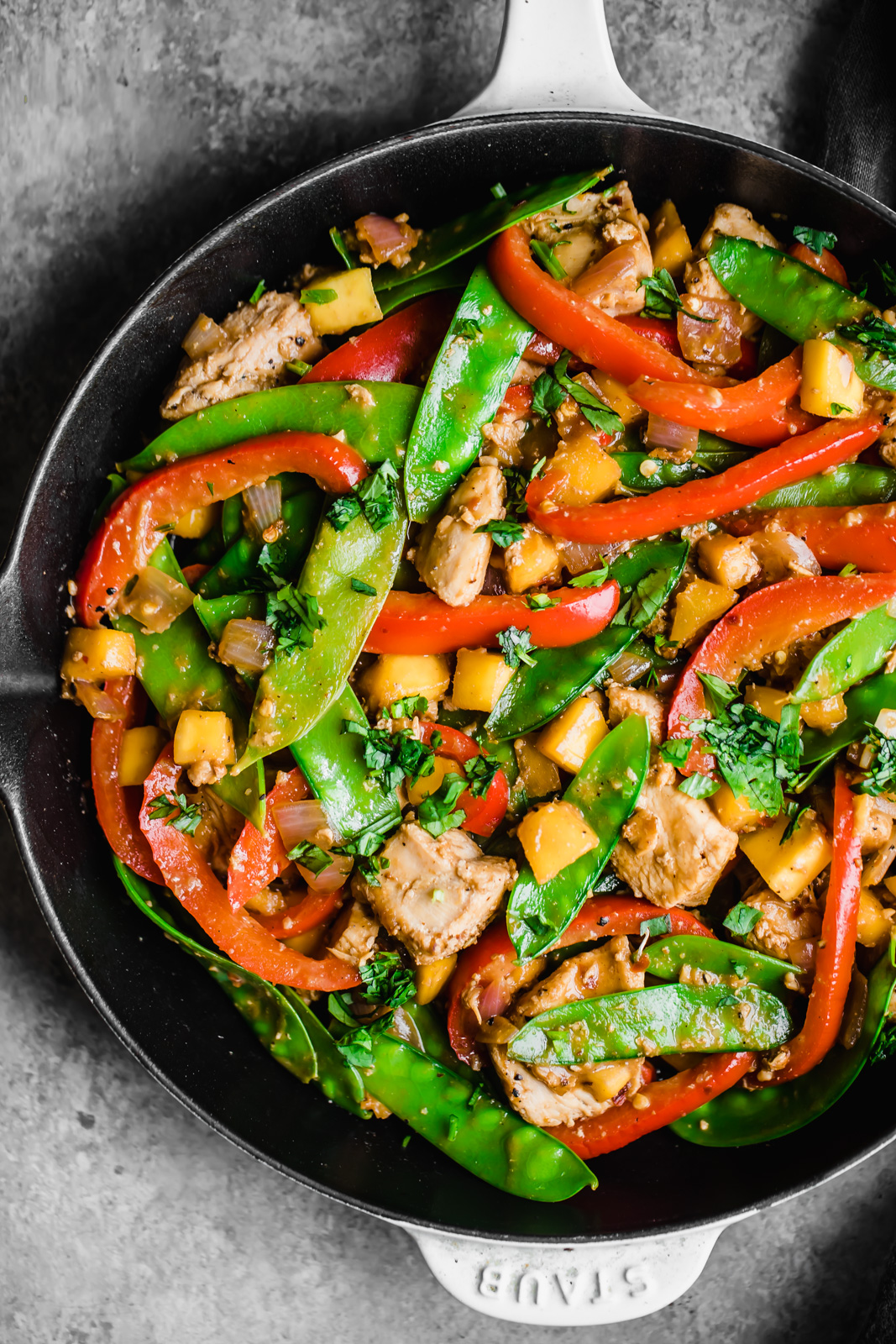
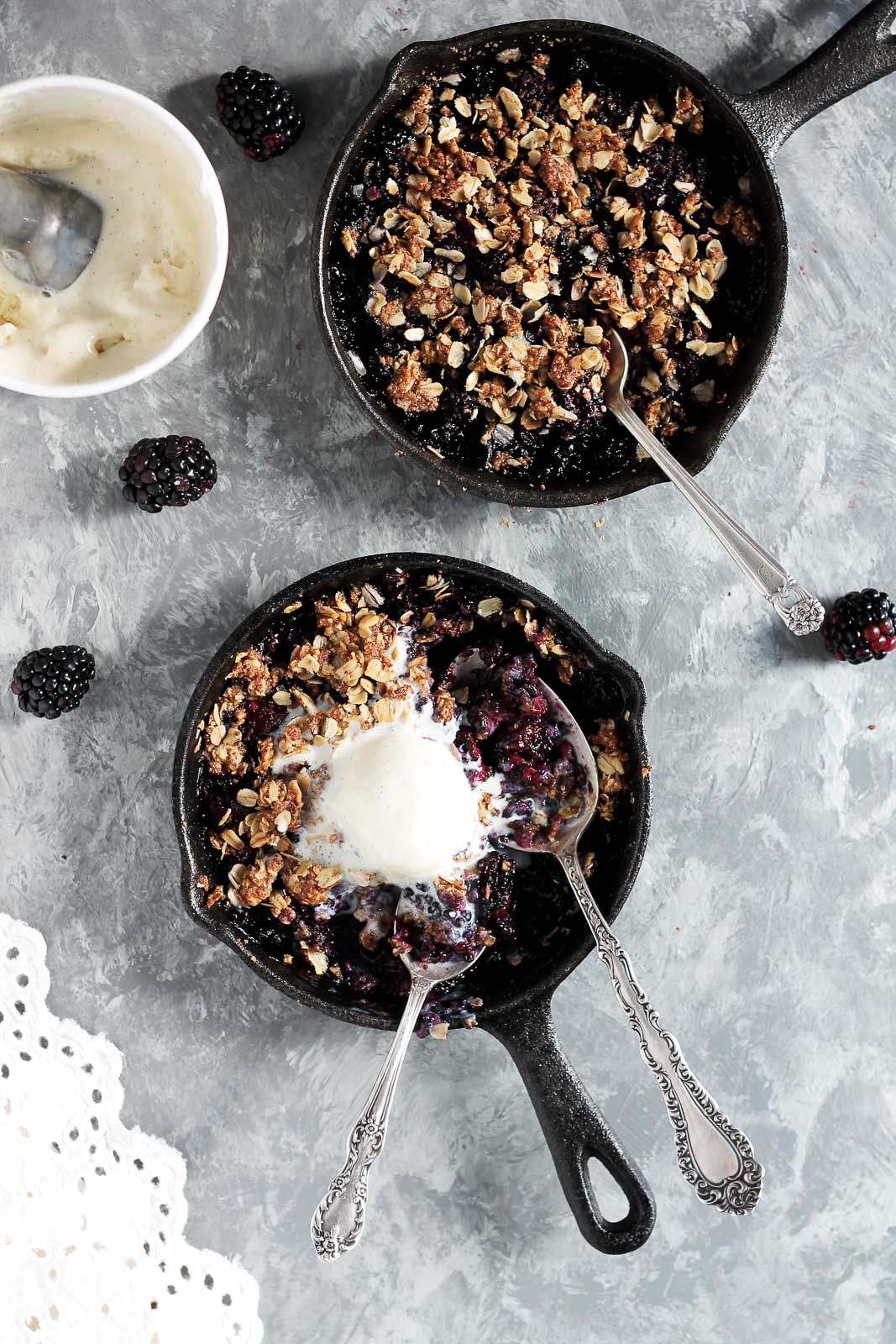
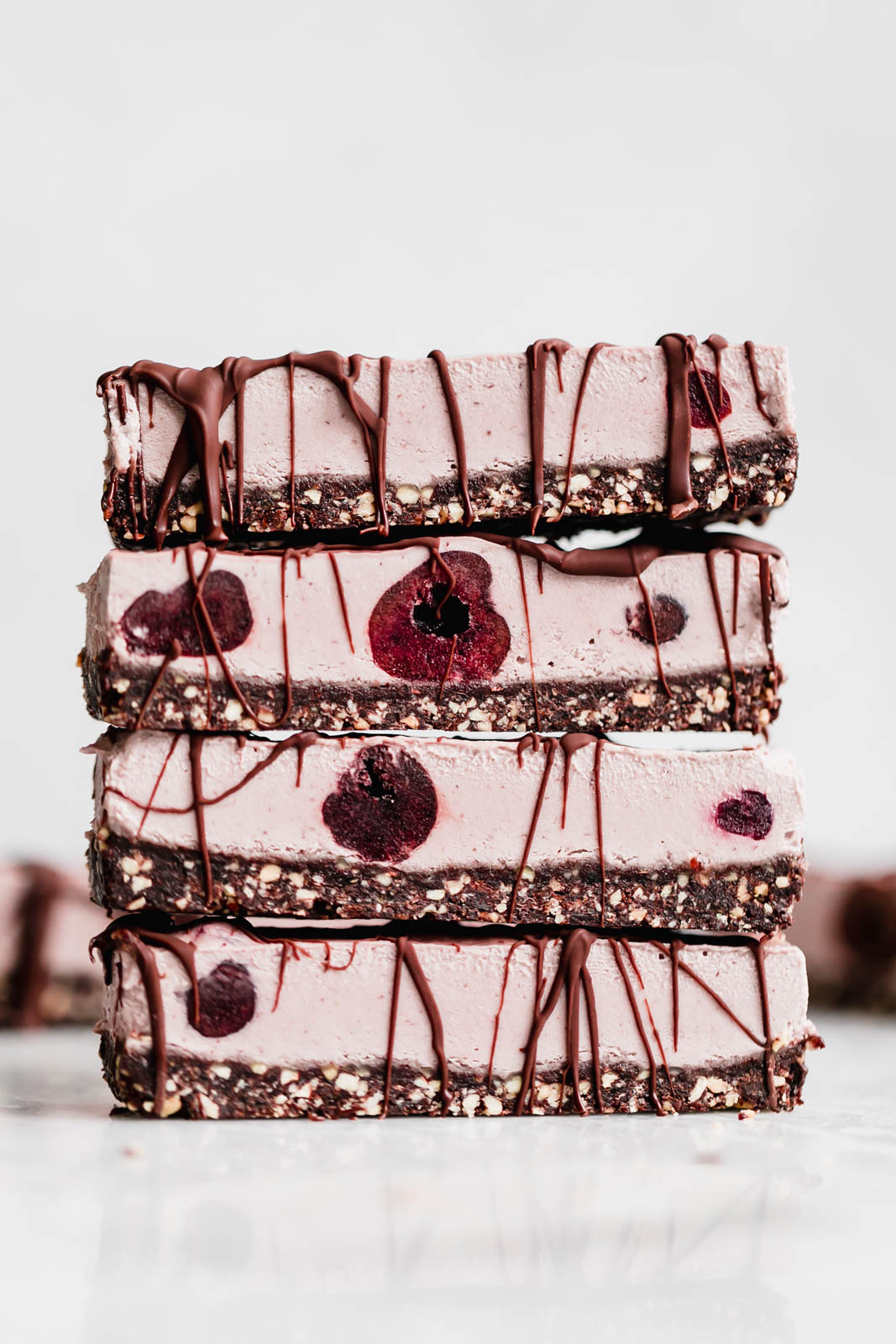
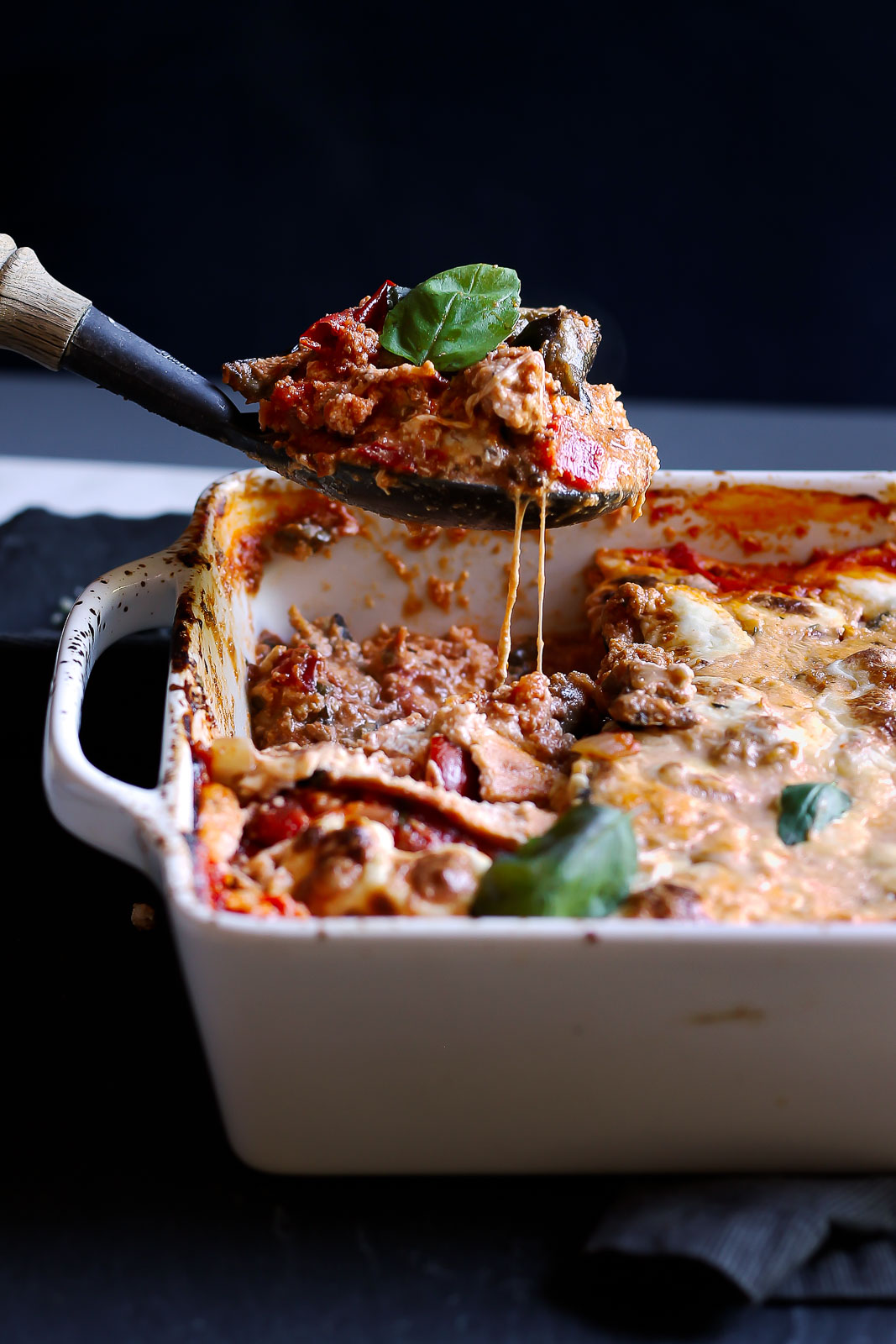
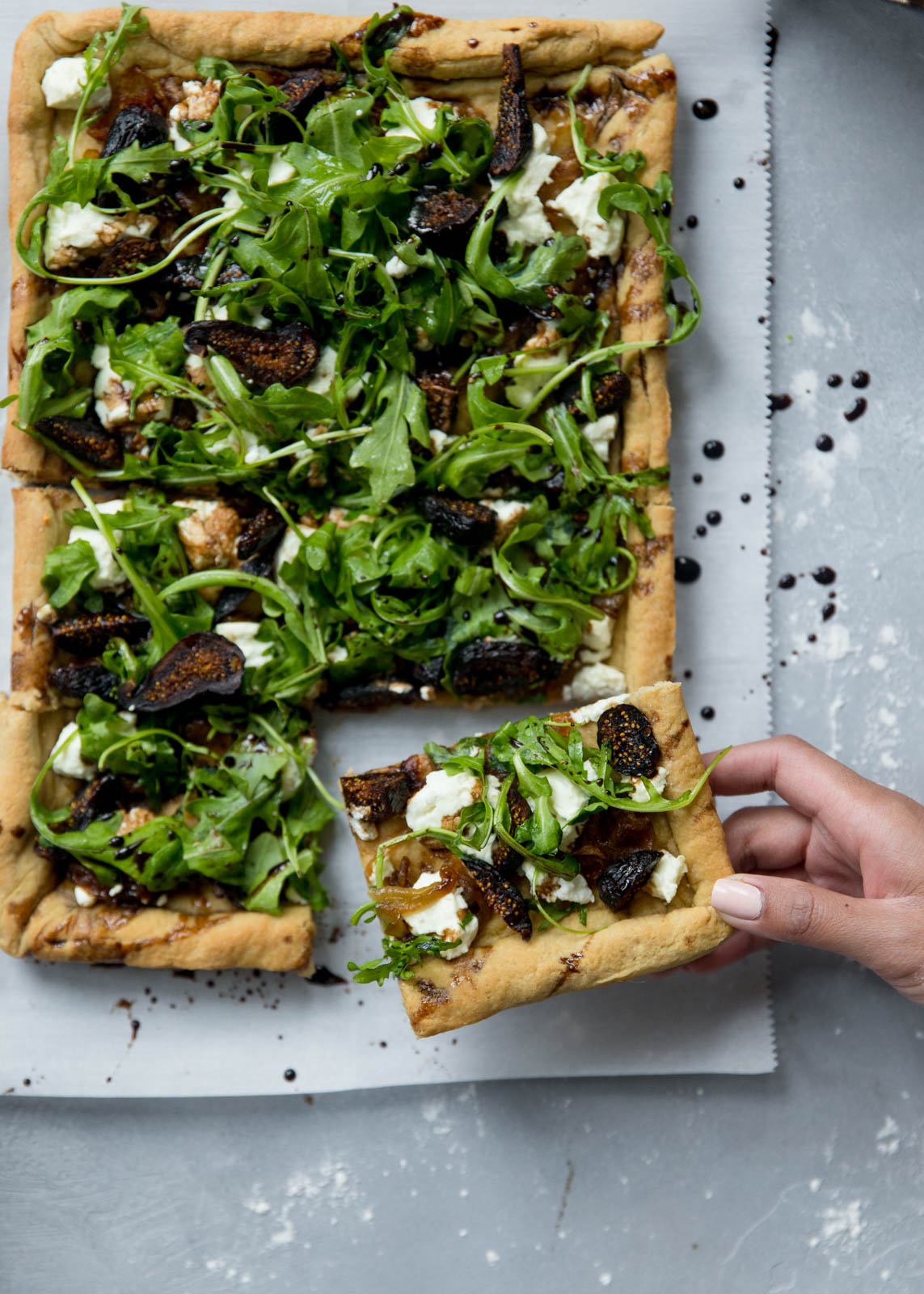
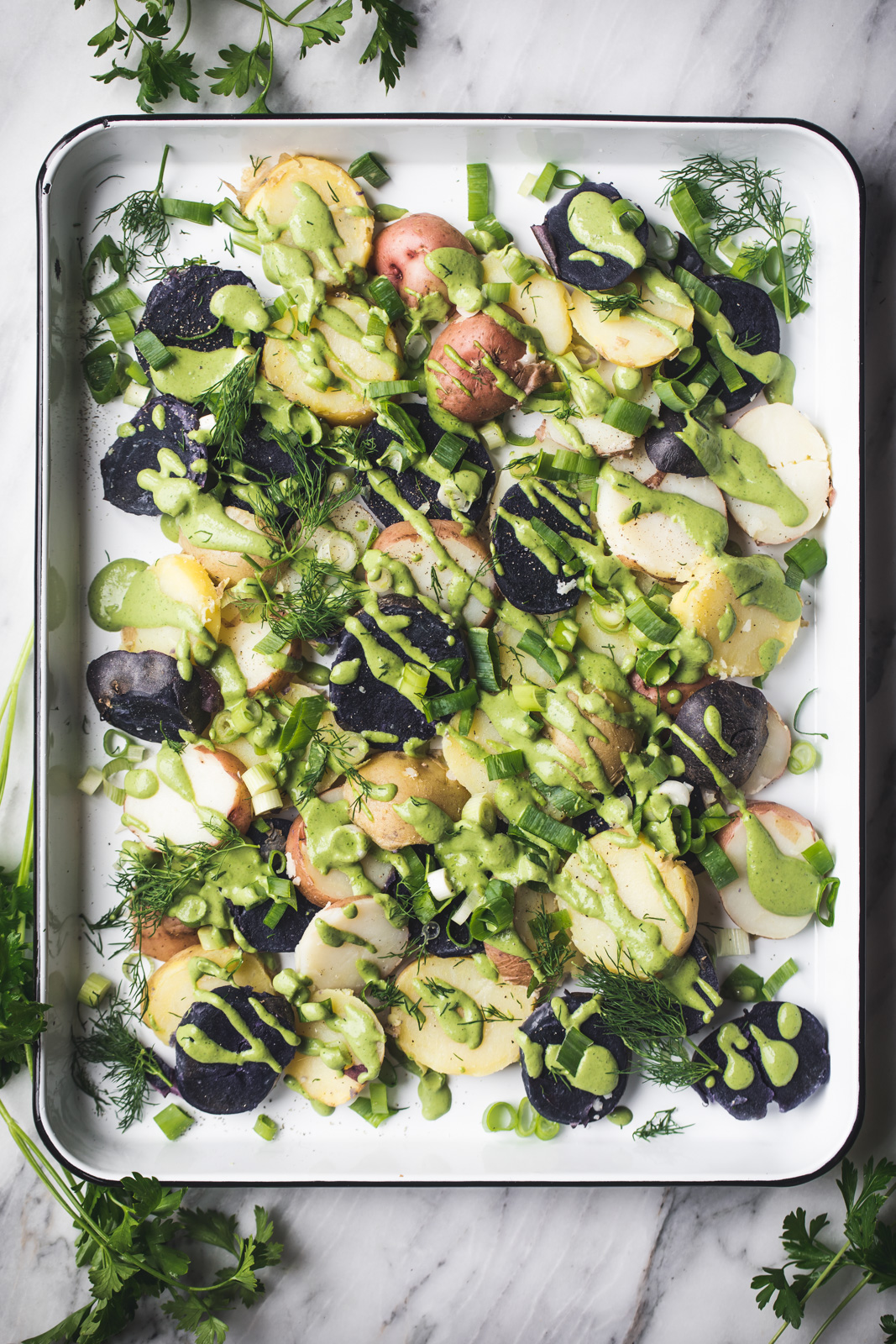
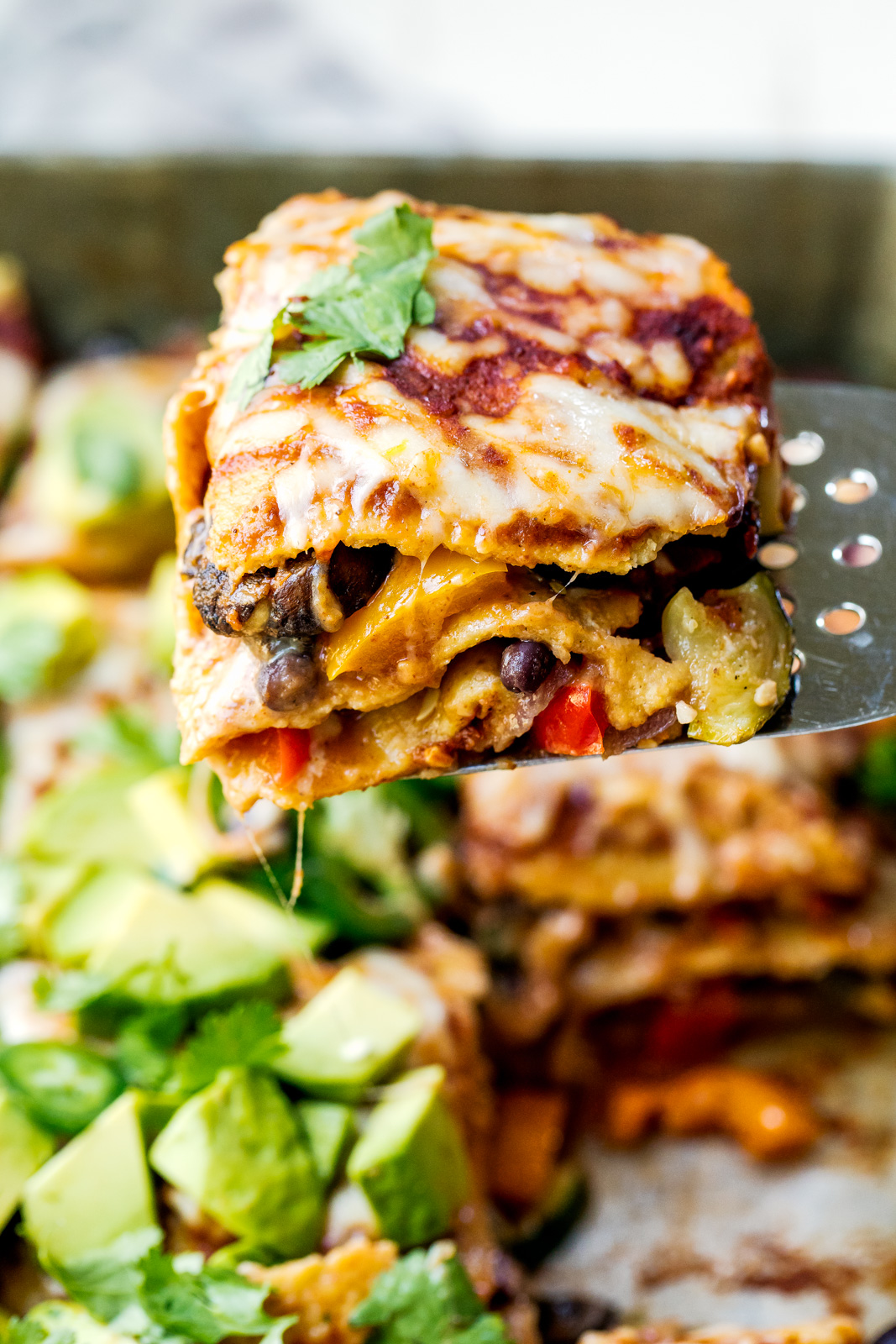
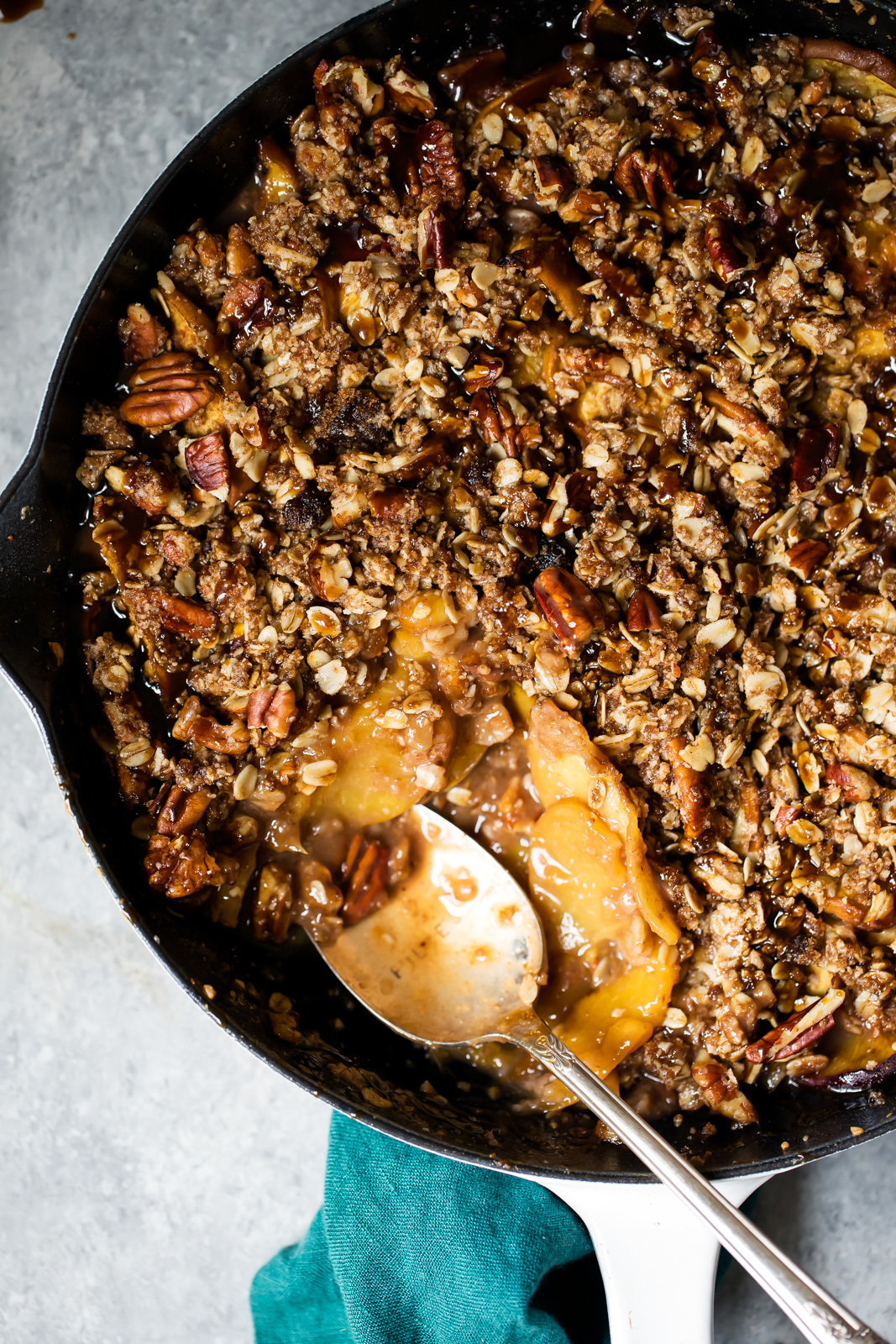
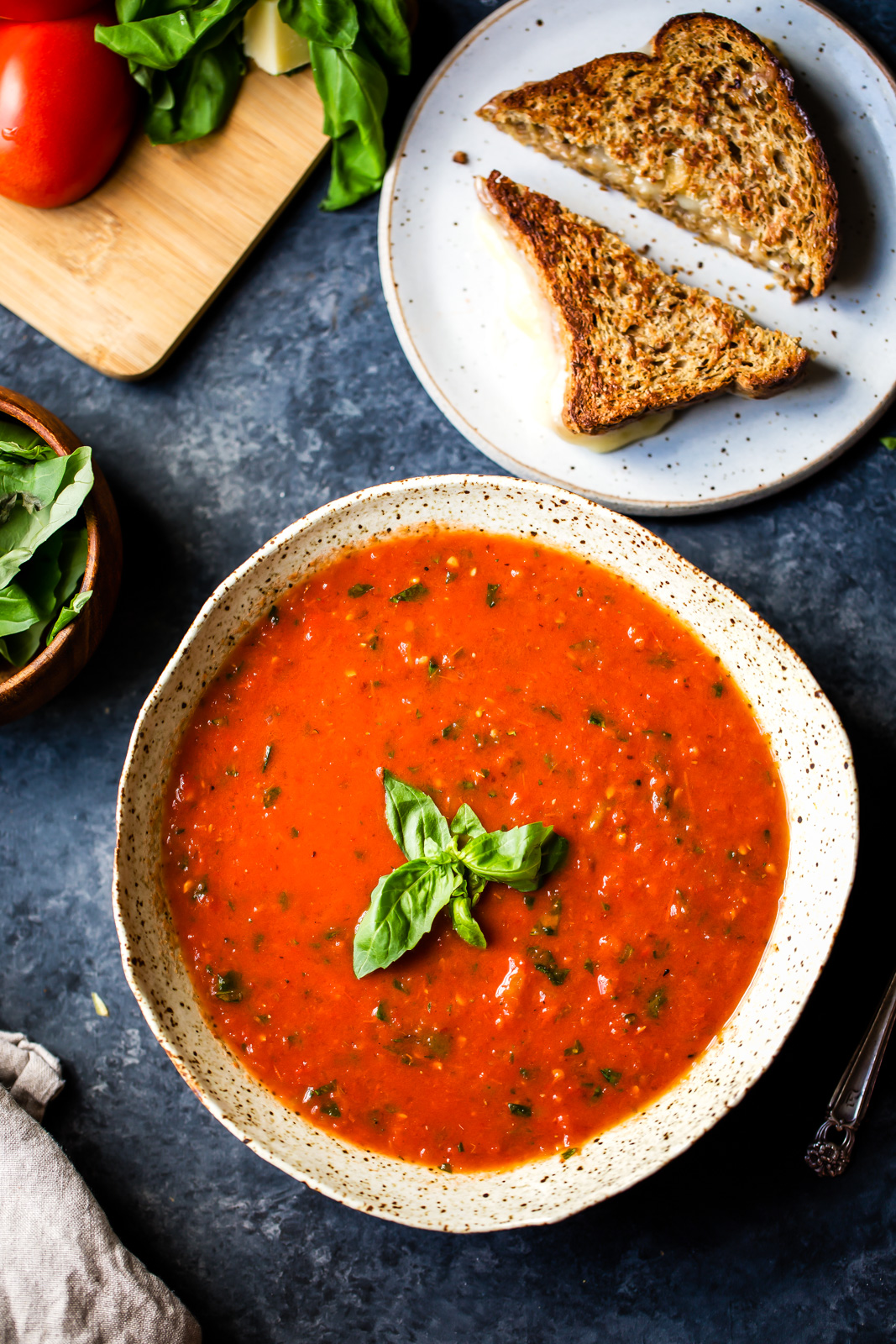
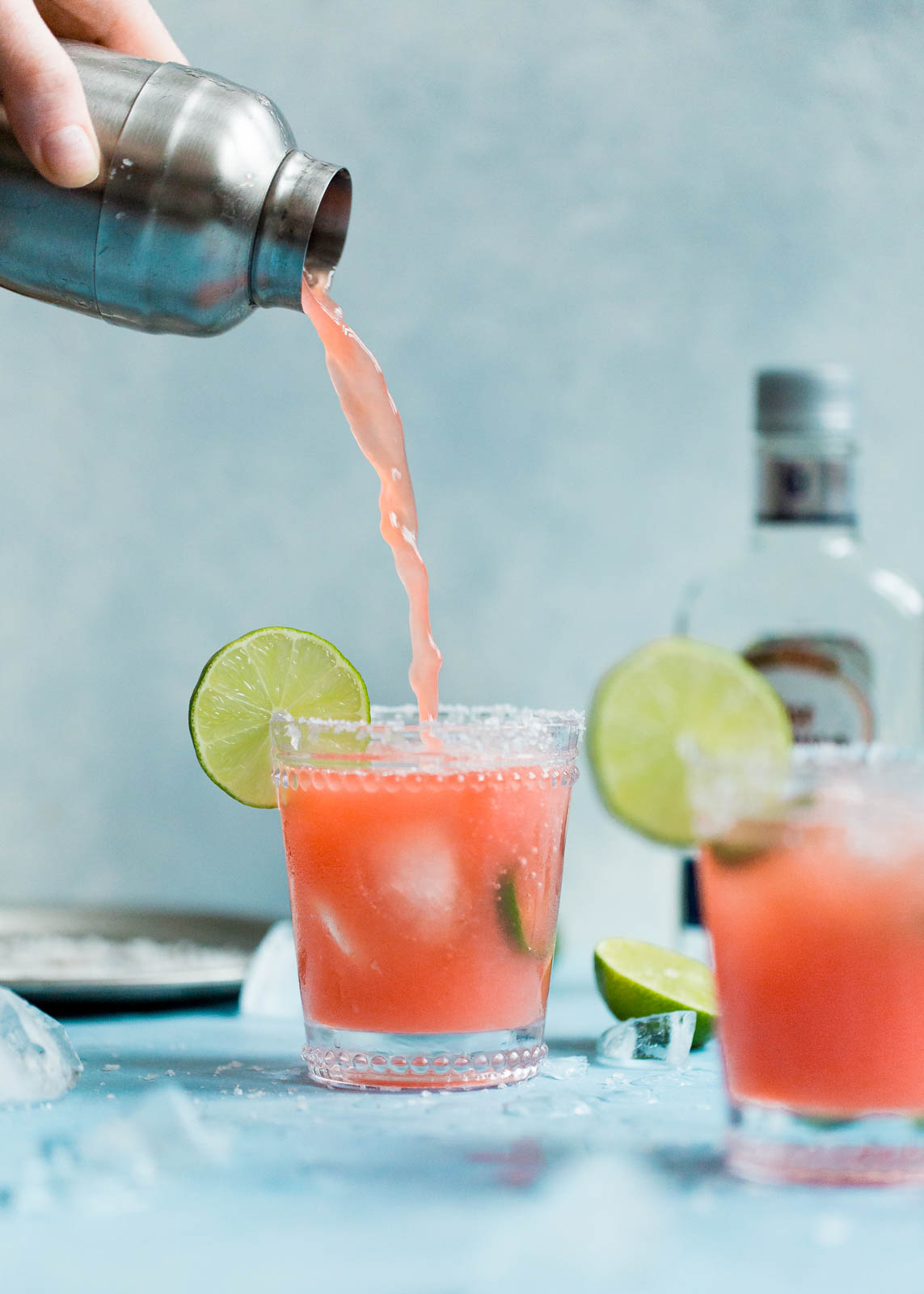
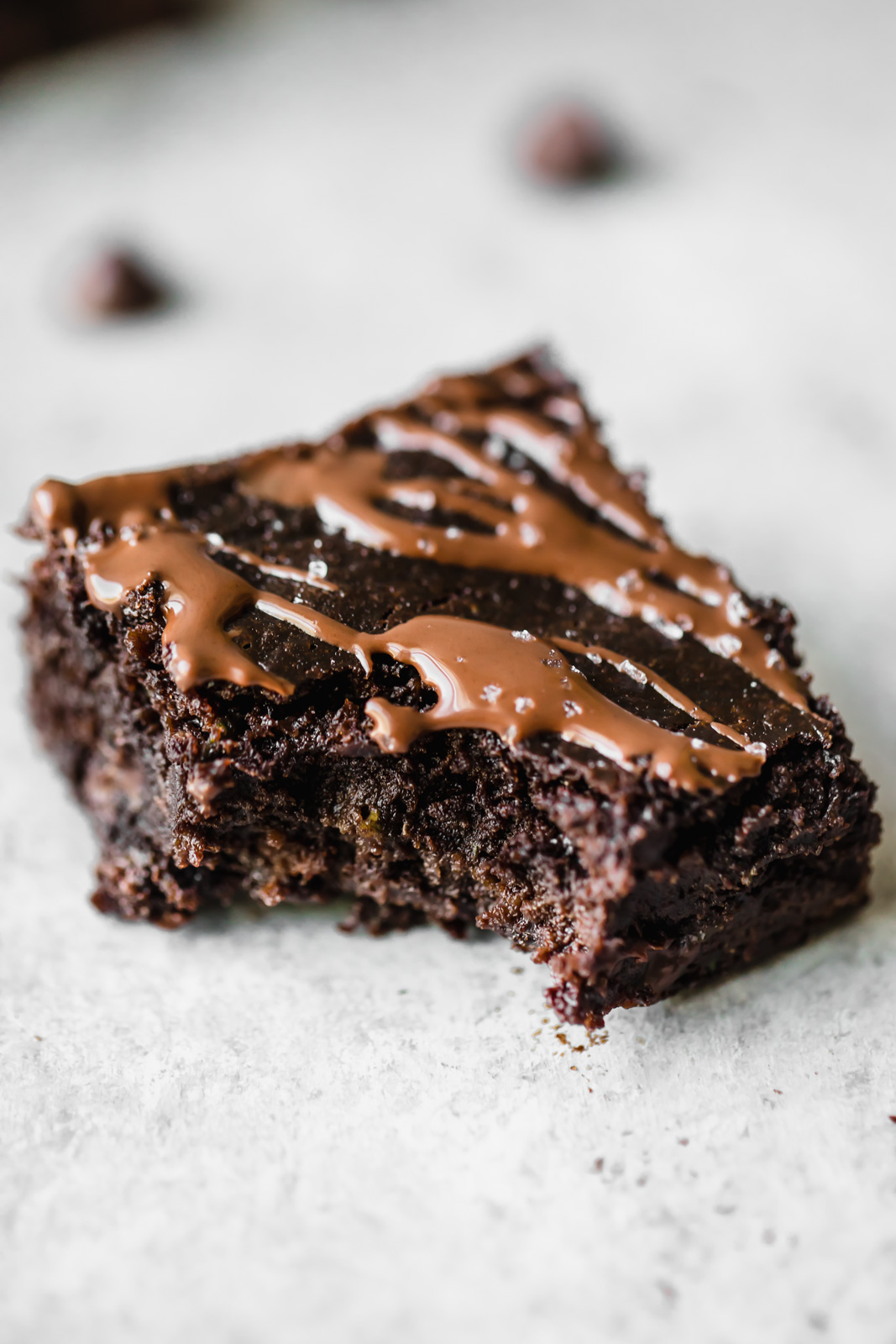
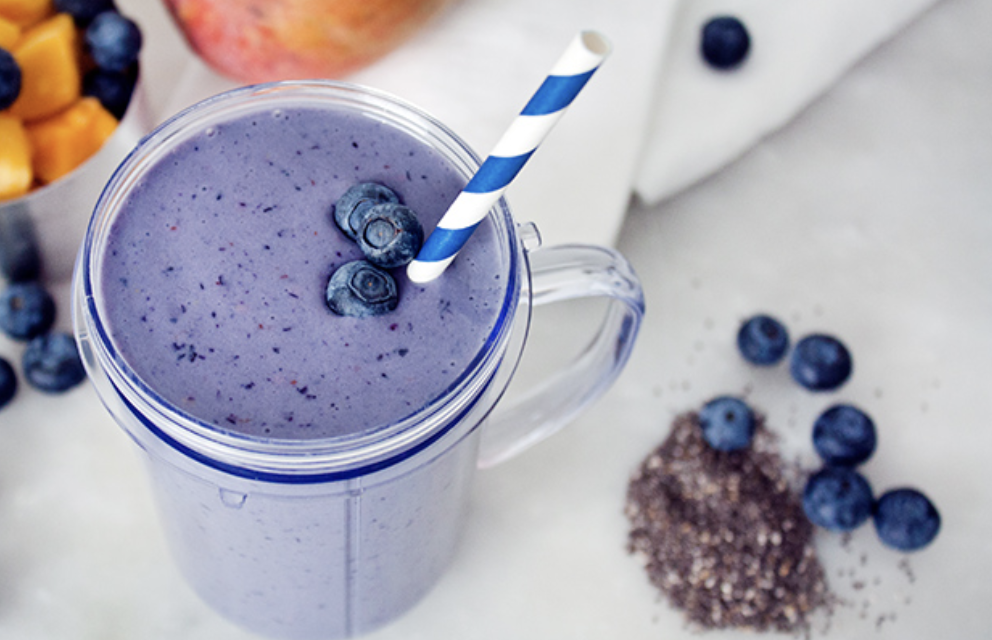
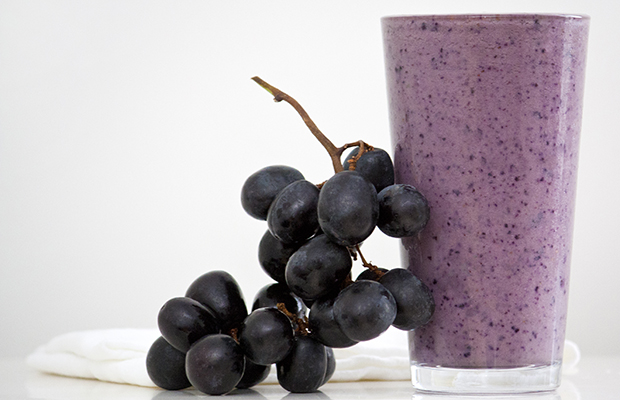
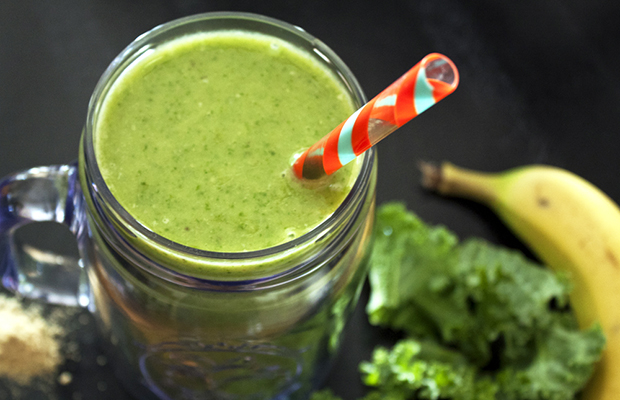
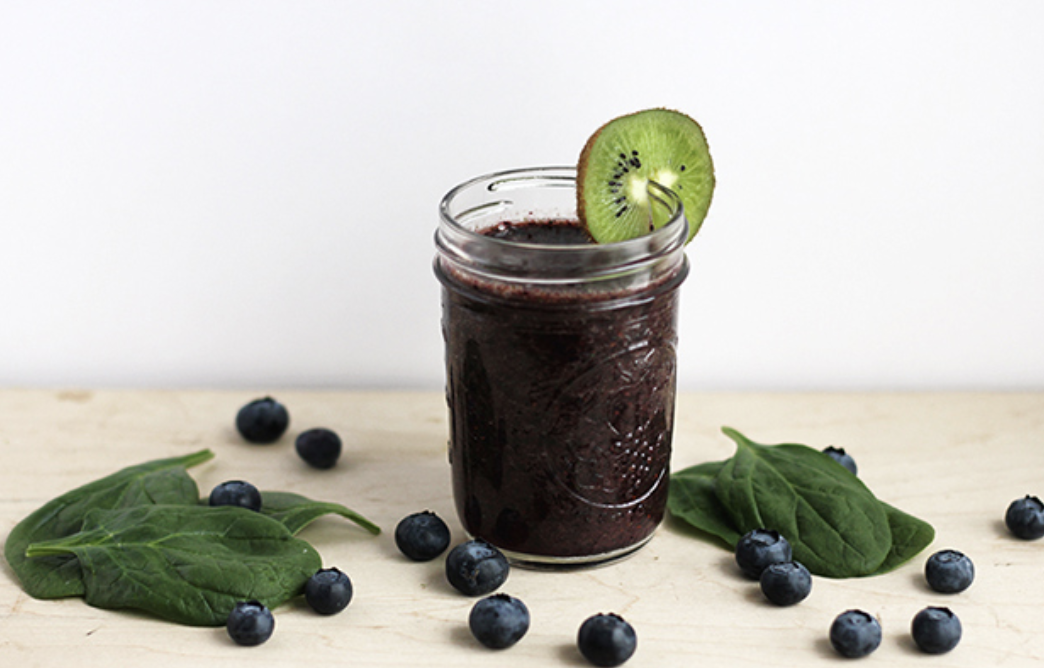
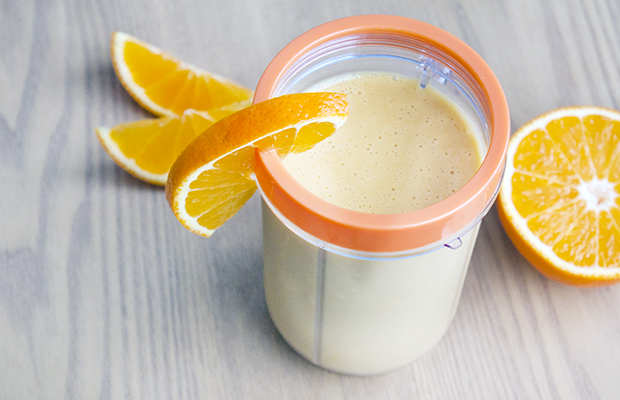
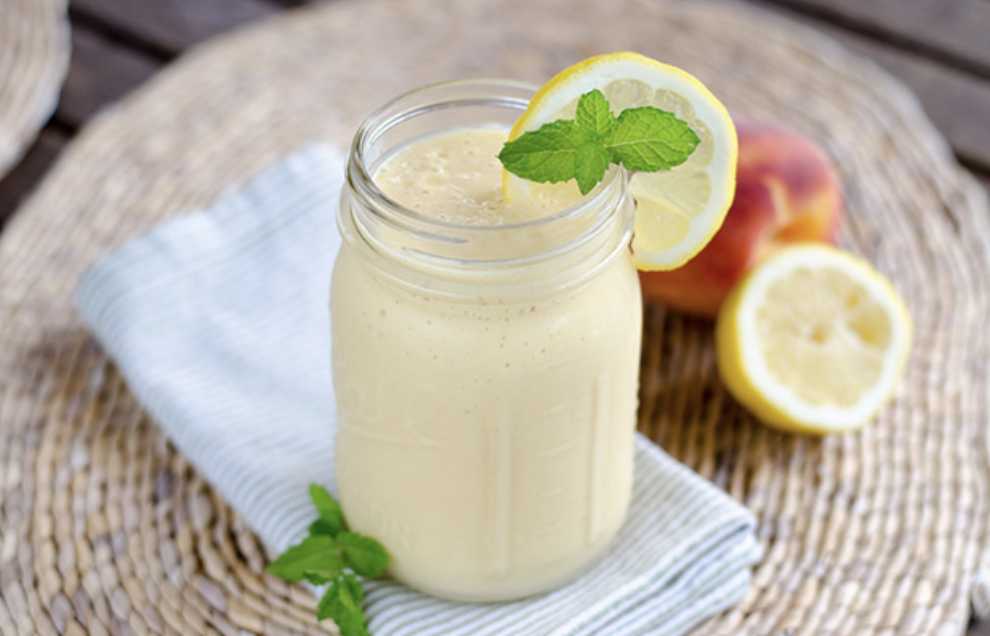
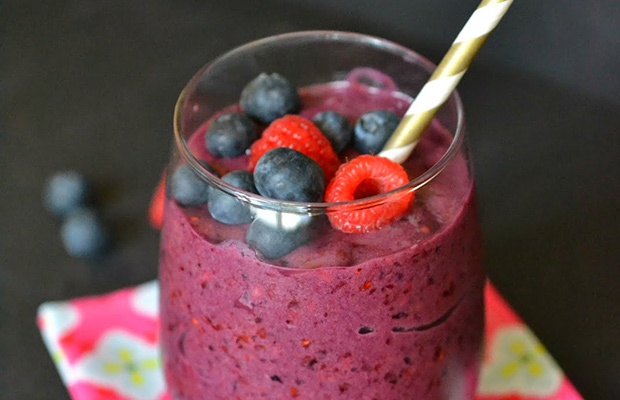

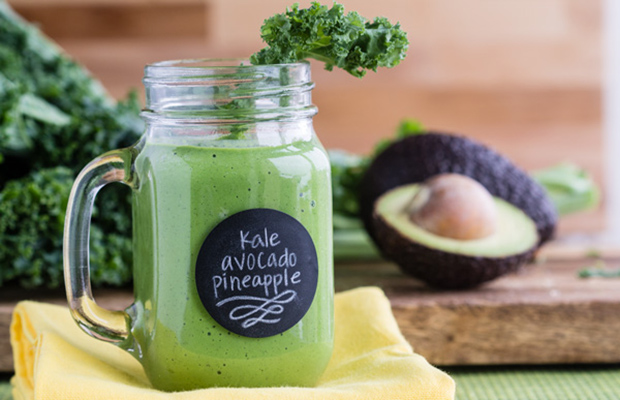
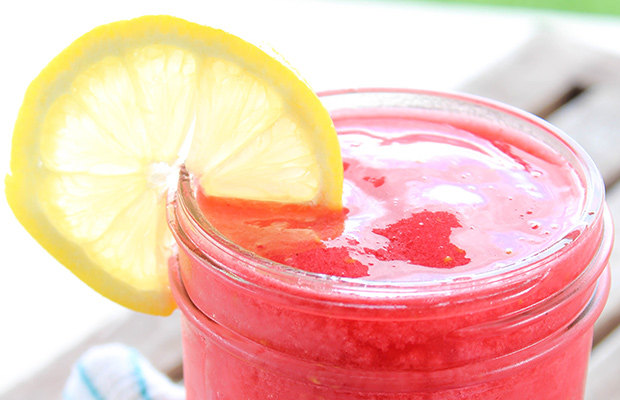
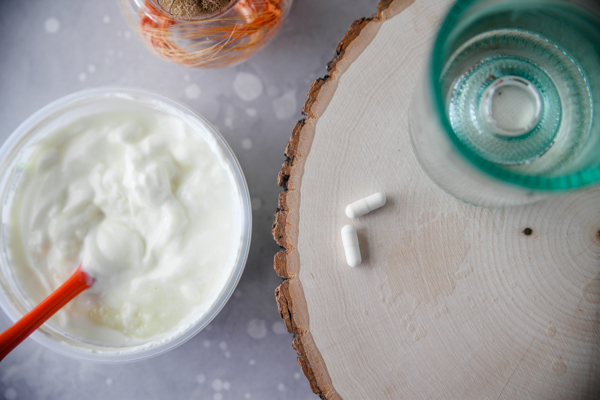
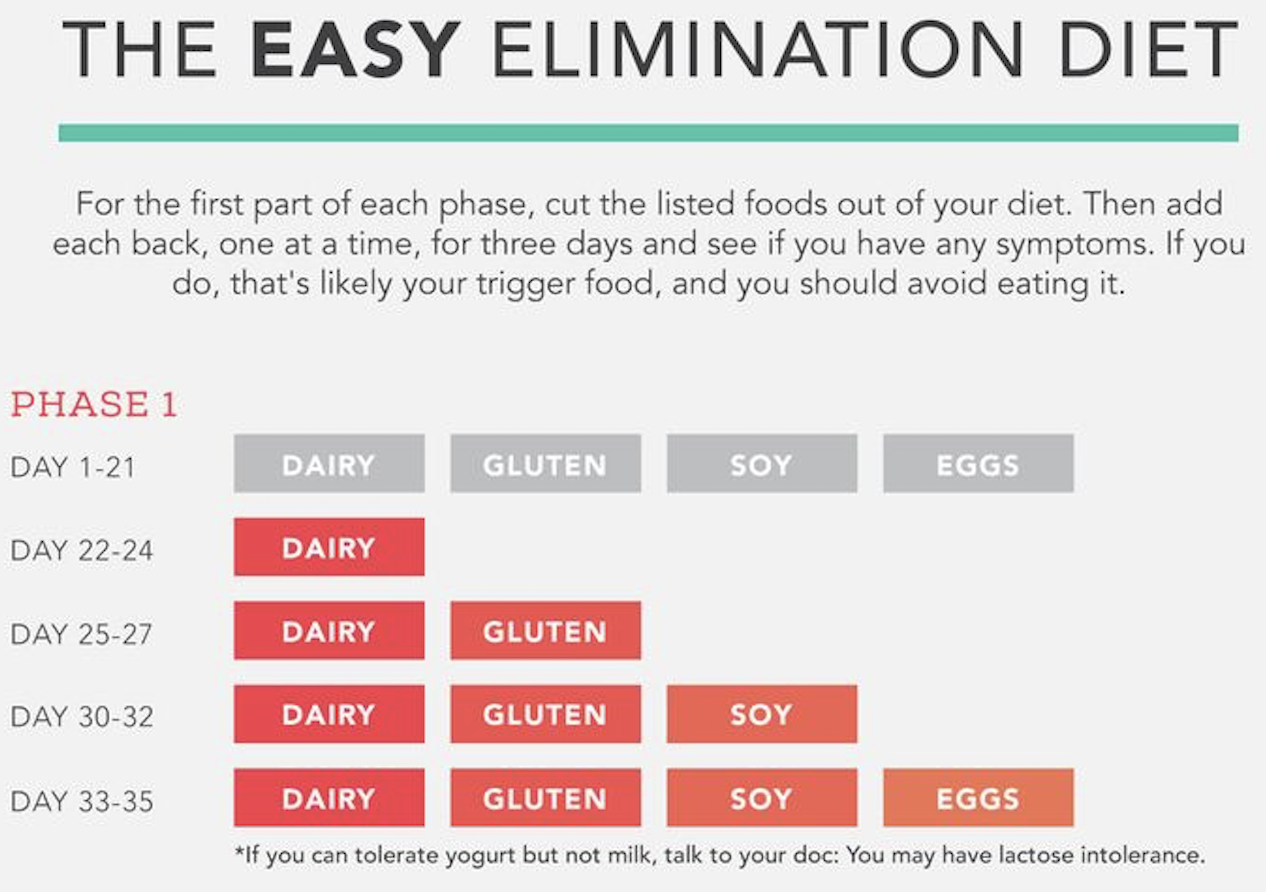
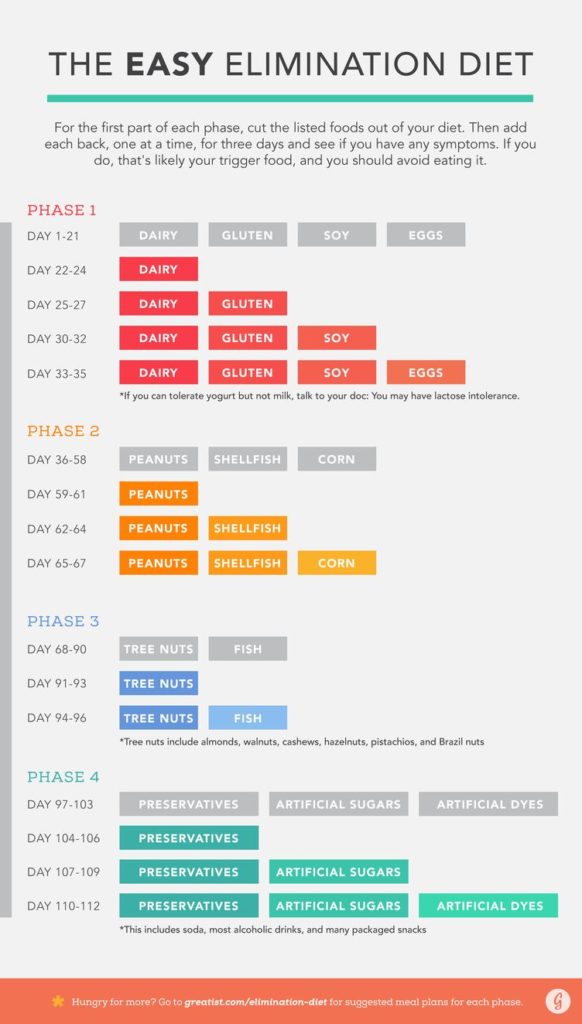 The Easy Elimination Diet
The Easy Elimination Diet
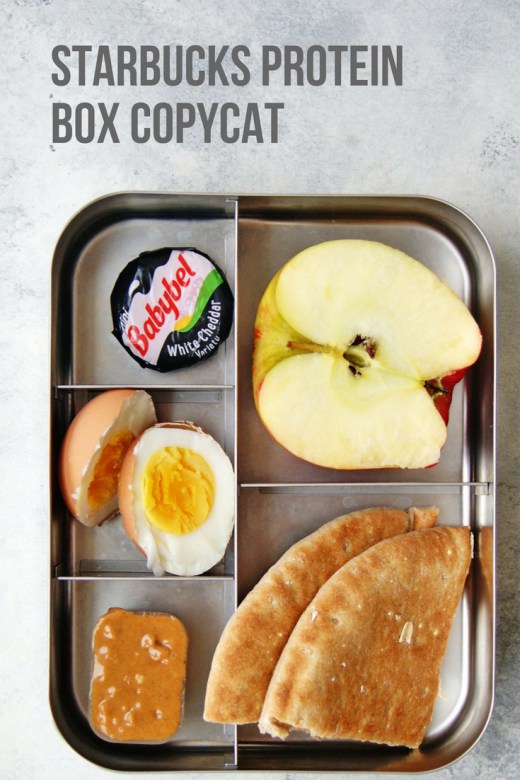
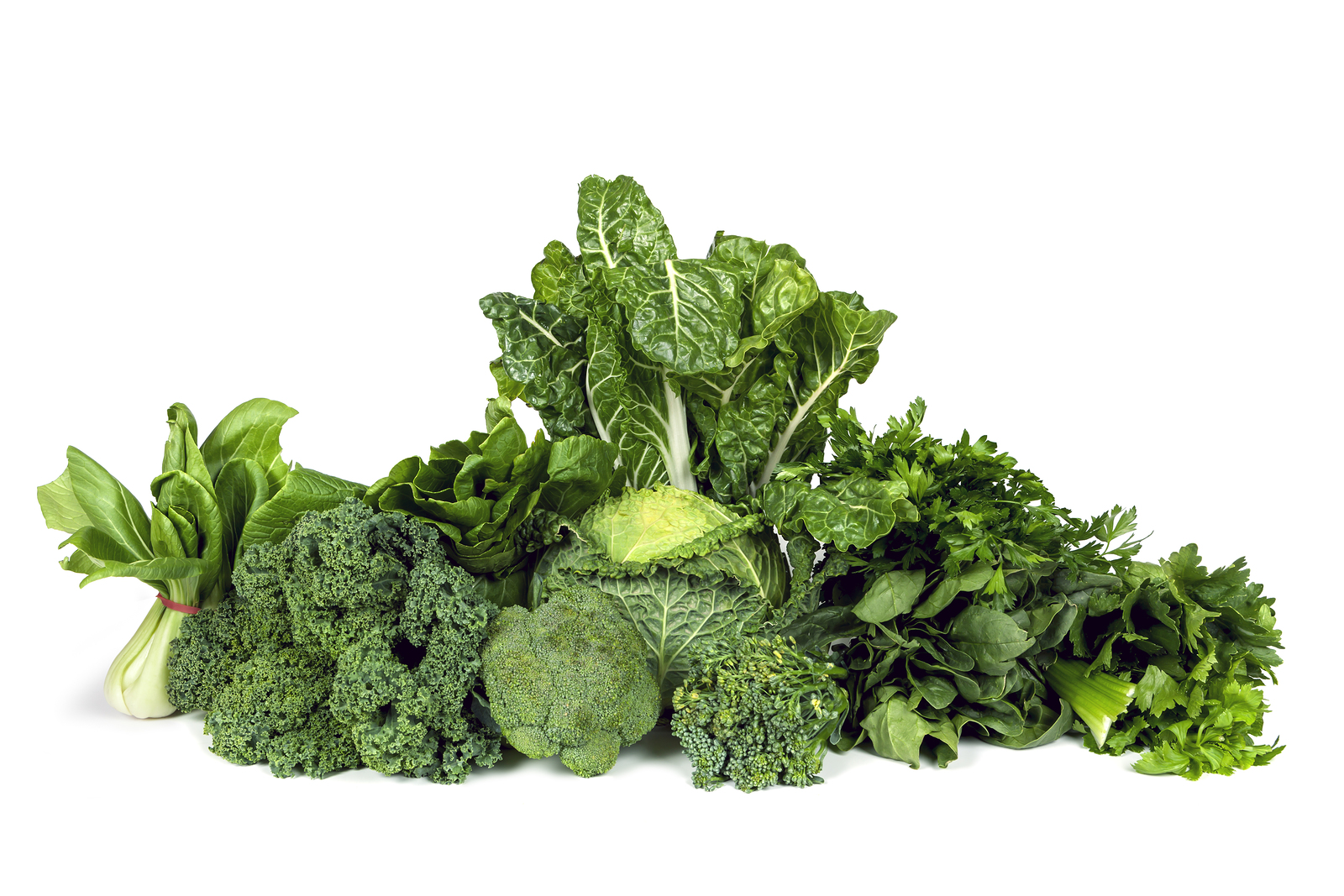

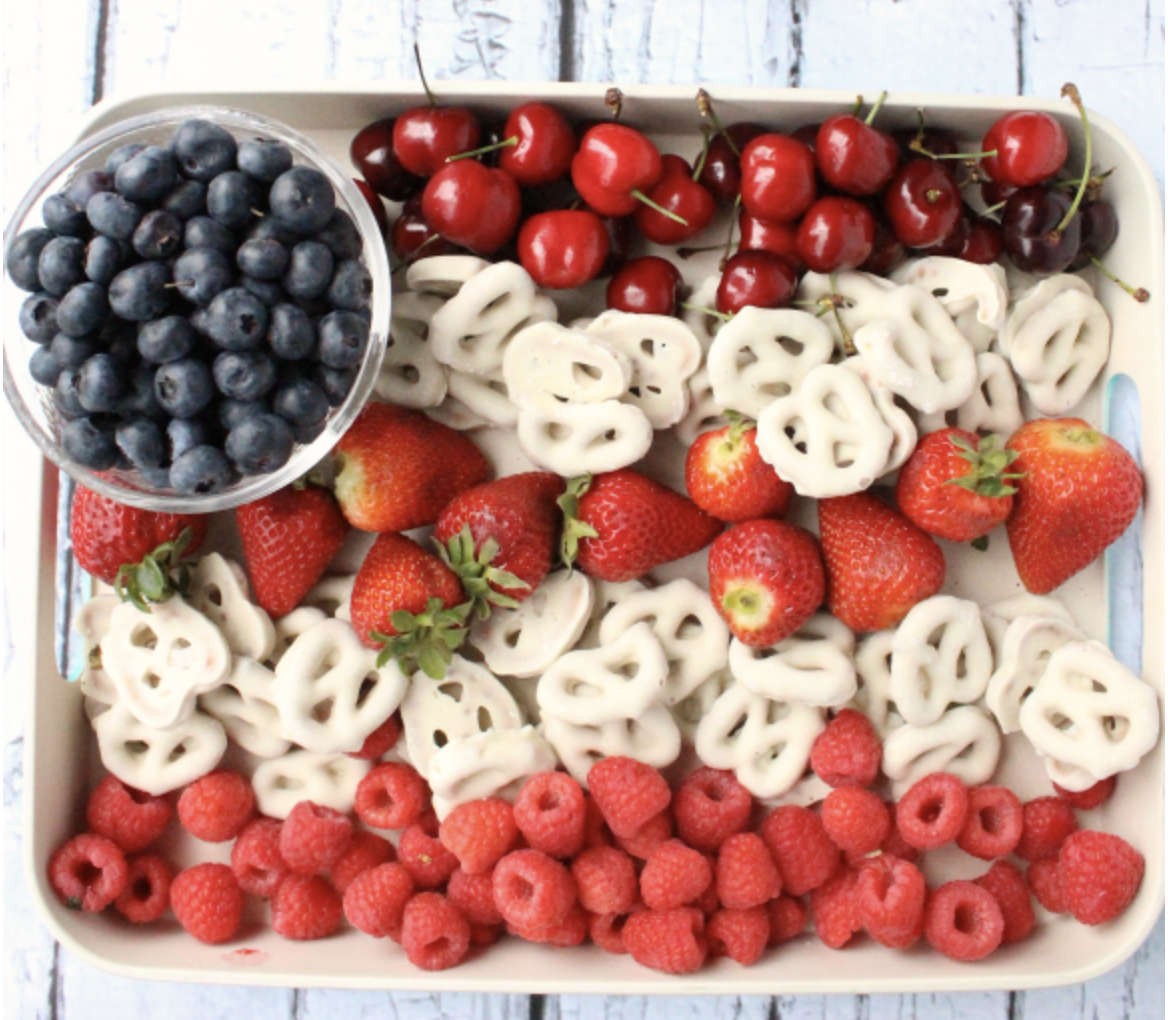
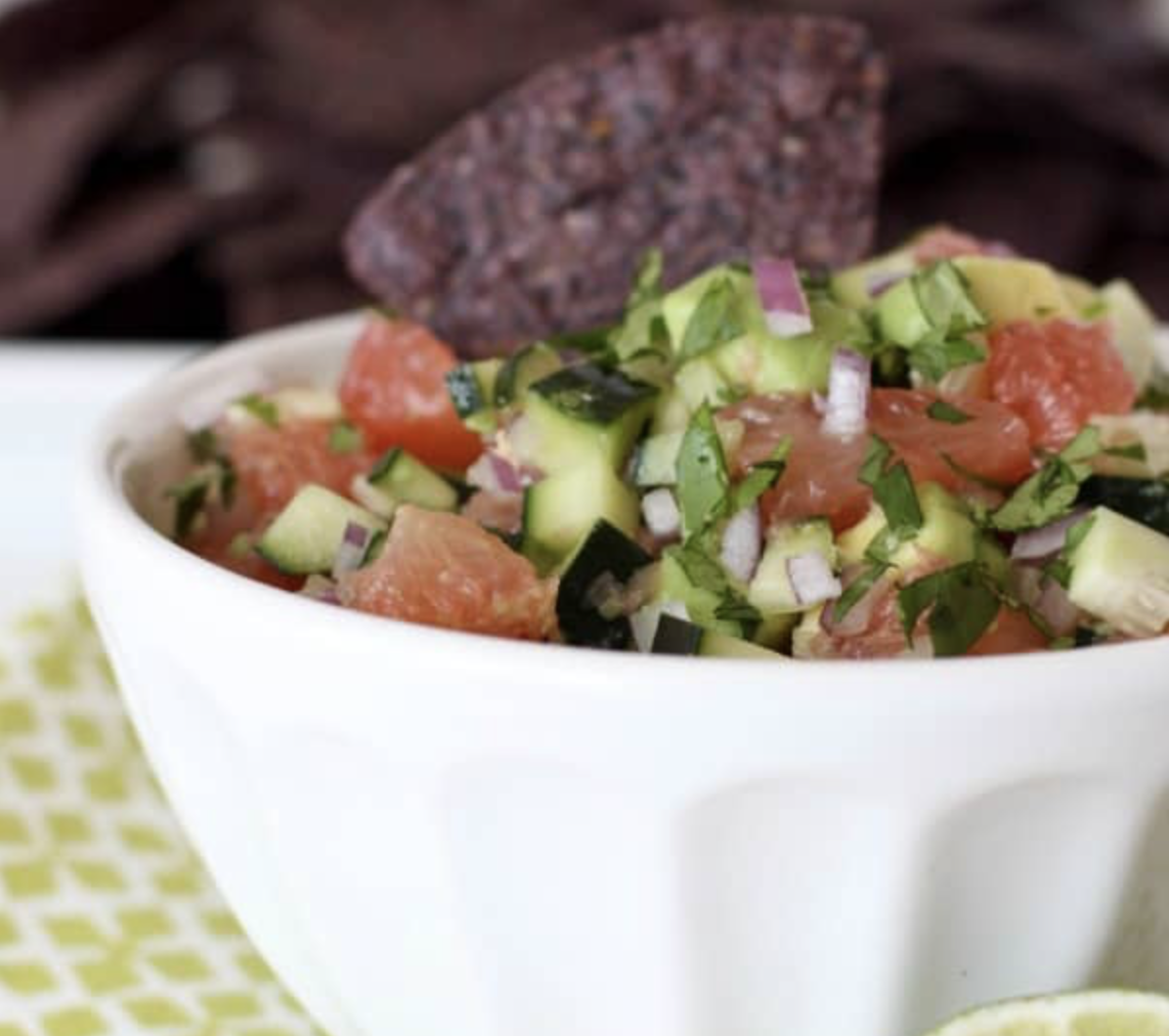
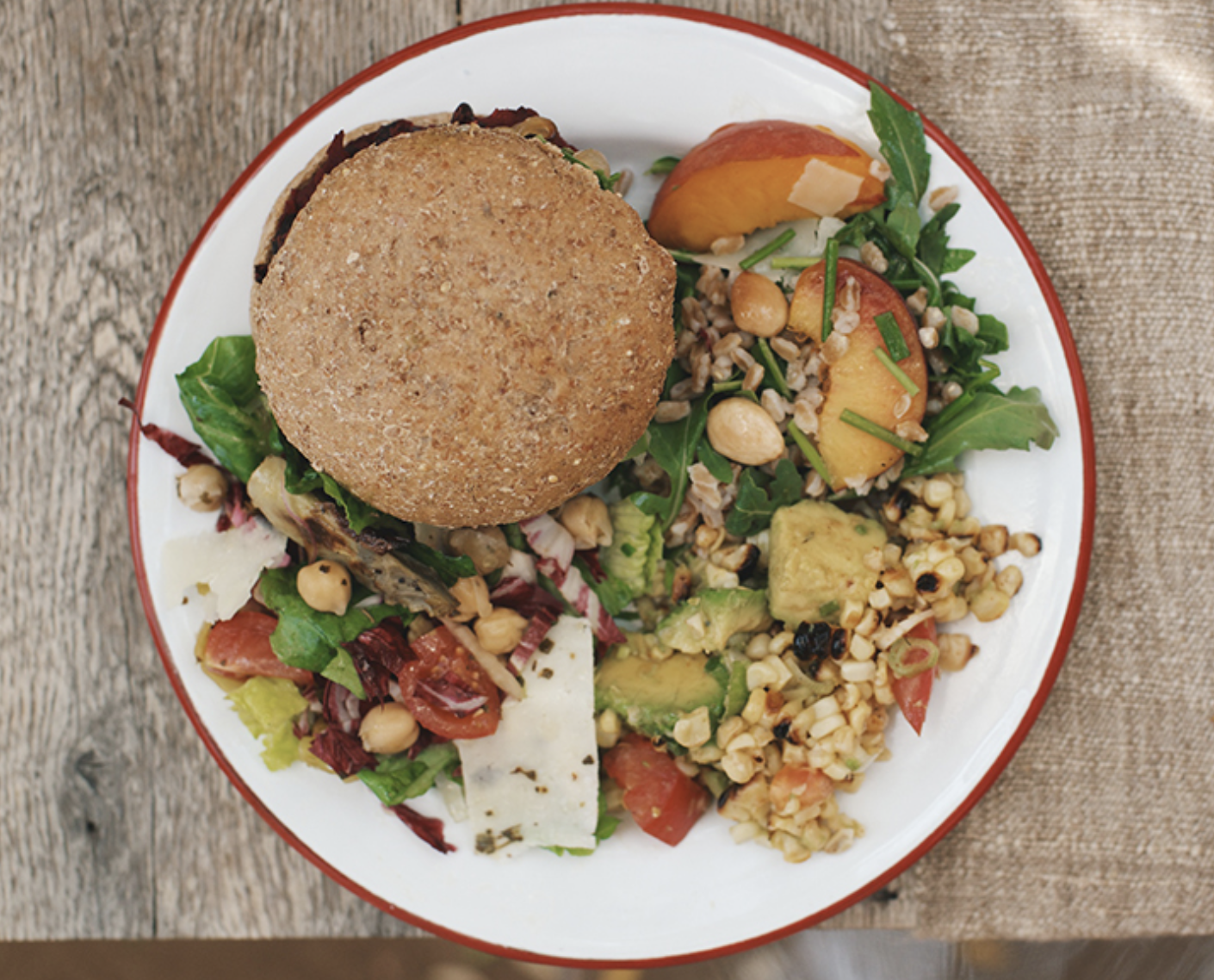
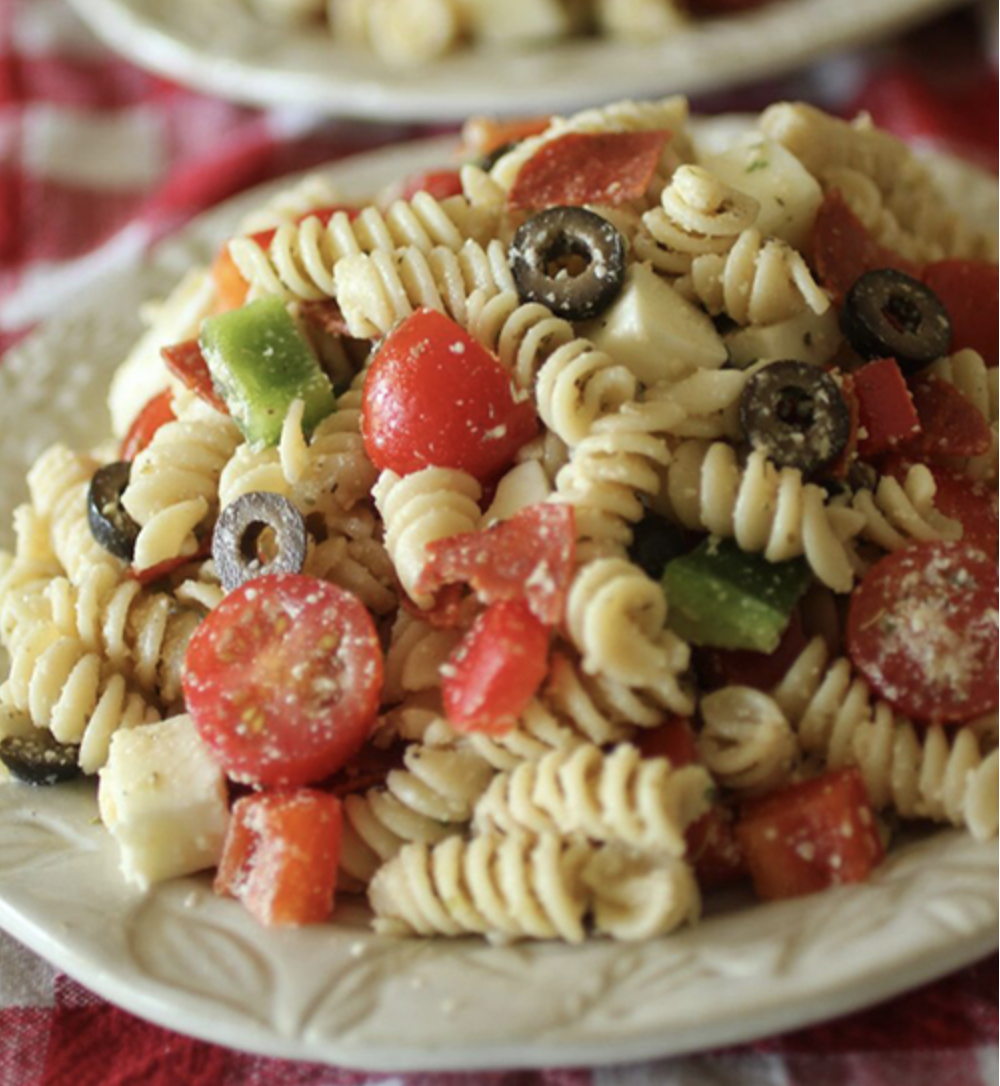
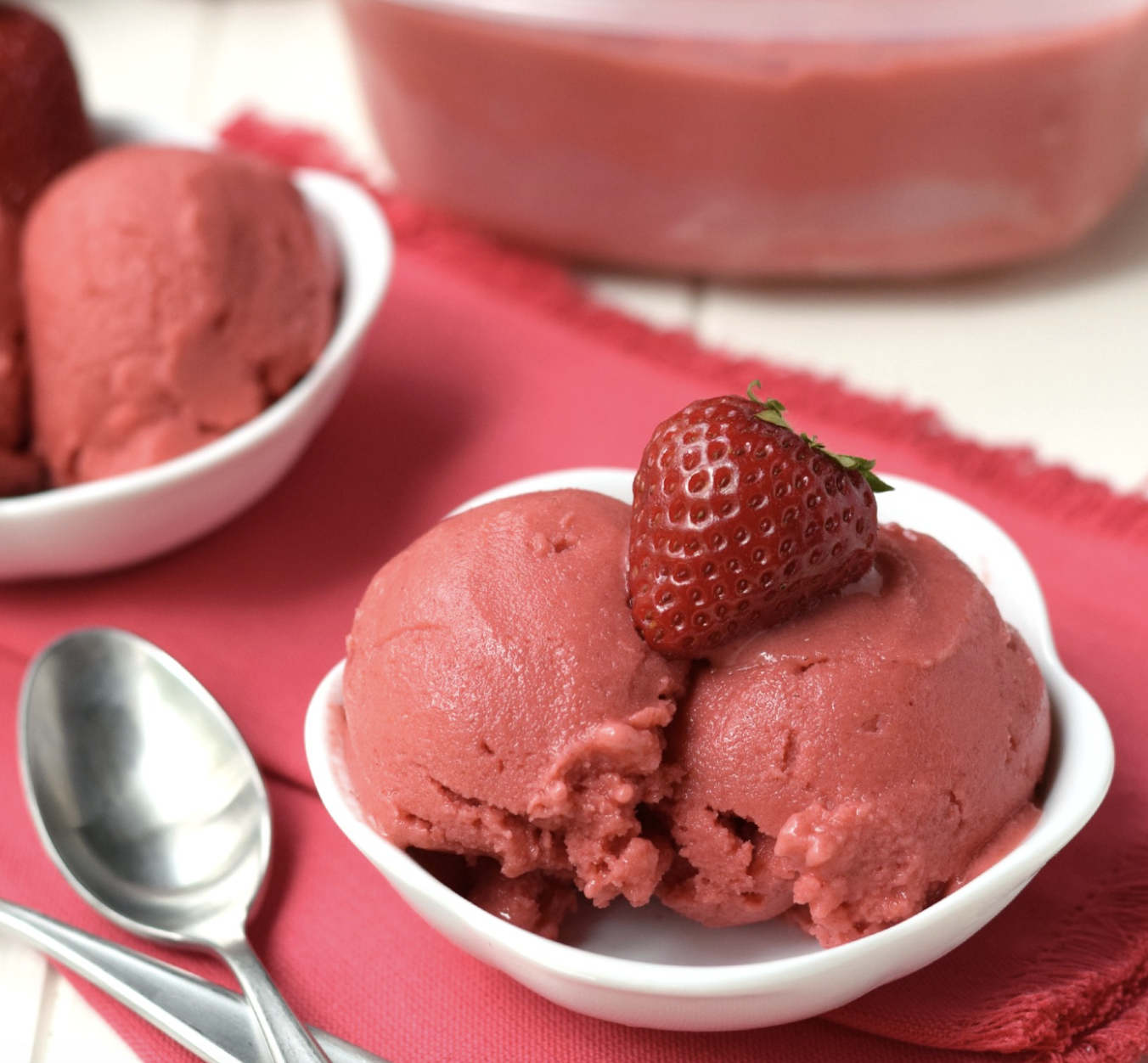
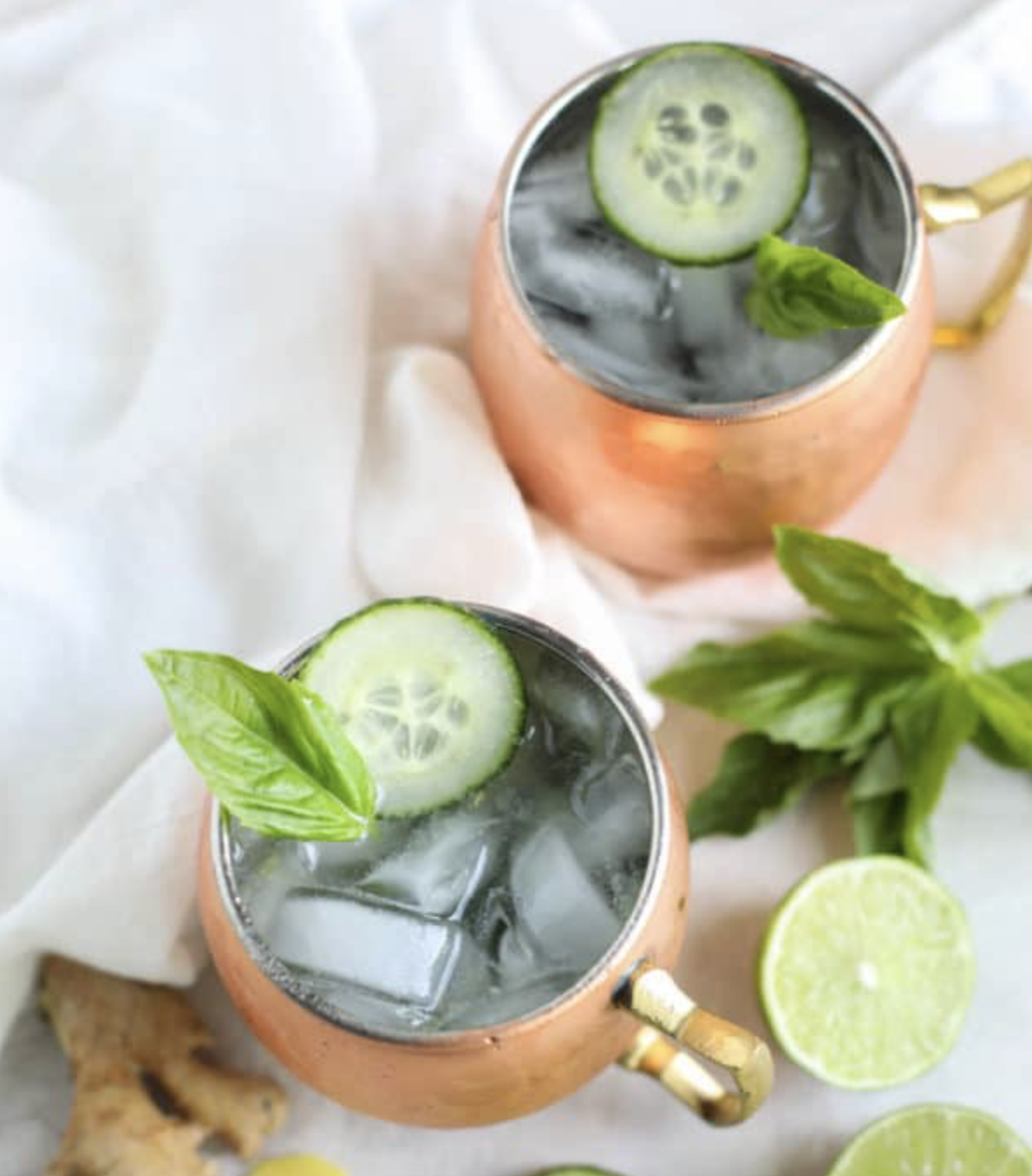



 LIMITED TIME DEALS FOR APRIL
LIMITED TIME DEALS FOR APRIL



 SPRING SCHEDULE
SPRING SCHEDULE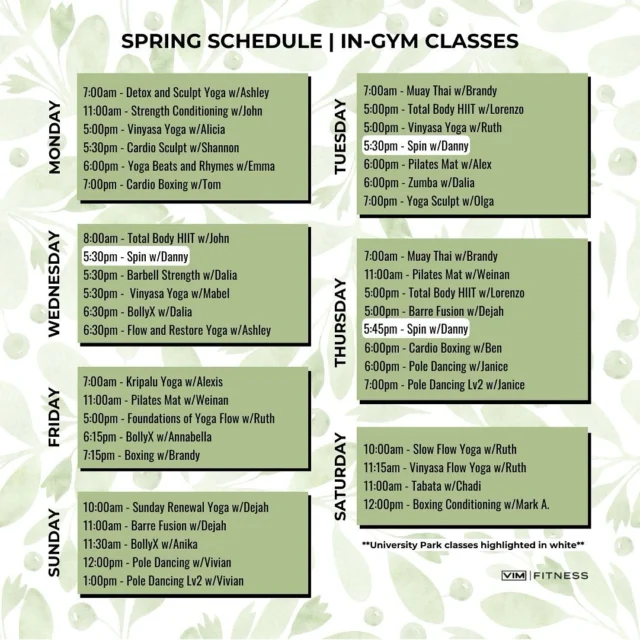




 Happy St. Patty’s Day
Happy St. Patty’s Day






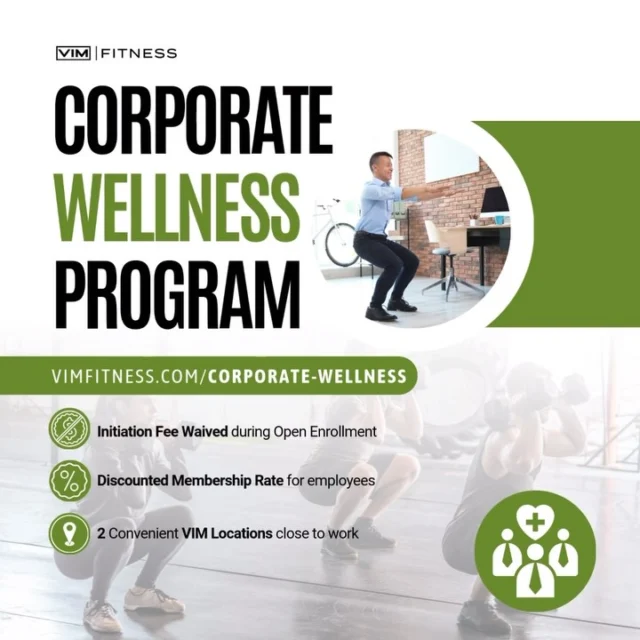
 WINTER
WINTER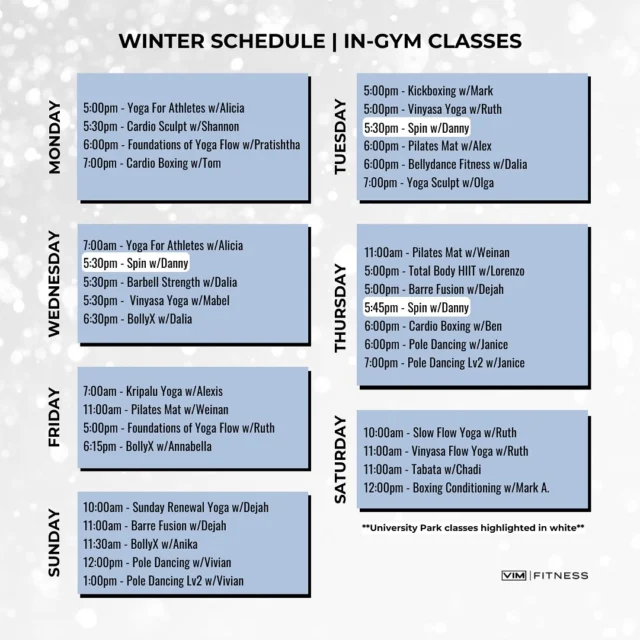
 Workouts and group fitness classes are bette
Workouts and group fitness classes are bette


